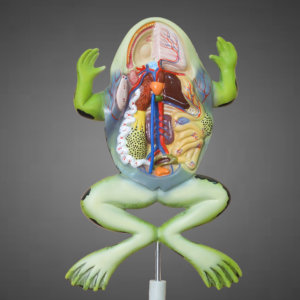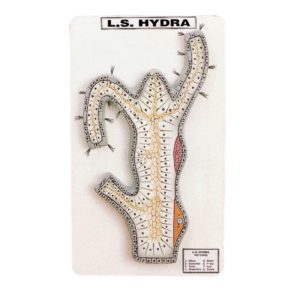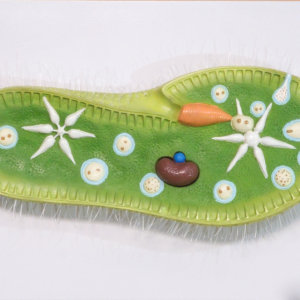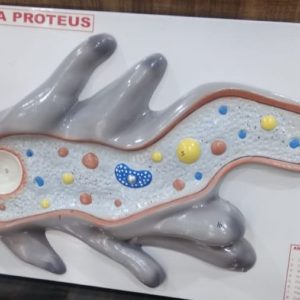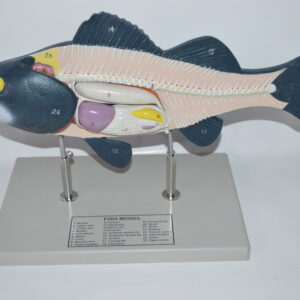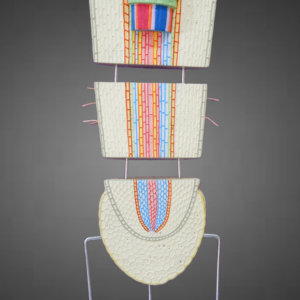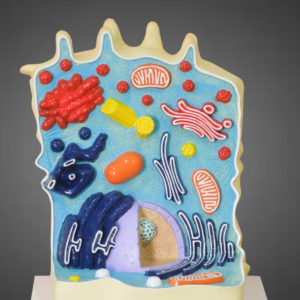MEDILAB offers a high-quality range of Biology Models and Slides designed to support effective teaching, learning, and demonstration across schools, colleges, universities, and research laboratories. With 35+ years of trusted manufacturing expertise and a strong global export presence, we deliver accurate, durable, and visually clear biological teaching aids that meet international academic and laboratory standards.
Our collection includes anatomical models, botanical models, zoology models, and a wide selection of prepared microscope slides—all crafted to provide accuracy, clarity, and long-term durability for repeated use in educational and professional environments.
Key Product Features
- High Accuracy & Detailed Representation
Models are designed with realistic structures and scientifically accurate detailing for clear conceptual understanding.
- Durable Construction
Made from high-quality, long-lasting materials resistant to routine classroom or lab handling.
- Clarity & Precision in Slides
Prepared slides offer sharp, well-stained specimens ideal for observation and teaching under microscopes.
- Wide Range of Biological Subjects
Includes human anatomy, plant biology, animal biology, microorganisms, tissues, organs, and more.
- International Standard Quality
All models and slides go through strict quality checks and adhere to global educational and laboratory benchmarks.
MEDILAB Biology Models & Prepared Slides are widely used in:
- Schools & Colleges for hands-on teaching of biology concepts.
- Universities & Medical Colleges for anatomical and physiological demonstrations.
- Research Laboratories for reference studies and microscopic analysis.
- Healthcare Training Institutes for medical and paramedical education.
- QC & Testing Laboratories for biological training and microscopic examination.
- Science Museums & Learning Centres for display and educational installations
Handling & Safety Guidelines
- Handle prepared slides with care; avoid direct contact with the slide surface to prevent fingerprints or contamination.
- Store slides in a dry, dust-free box to maintain long-term clarity and specimen safety.
- Clean optical surfaces with soft, lint-free tissue only.
- Keep models away from direct sunlight to prevent colour fading.
- Use gentle cleaning solutions to maintain the model’s surface without damaging fine detailing.
- Avoid dropping or applying excessive force on delicate parts of anatomical or botanical models.
MEDILAB provides exceptional value to distributors, institutions, and scientific suppliers purchasing in volume:
- Consistent Quality Across Large Quantities
Perfect for educational tenders, laboratory setups, and curriculum-based procurement.
- Competitive B2B Pricing
Pricing structures are ideal for wholesalers, resellers, and institutional buyers.
- Custom Sets & Curriculum Mapping
Ability to tailor slide sets or model combinations based on academic syllabus or institutional needs.
- Reliable Export Expertise
Proven global supply chain ensures safe, timely deliveries worldwide.
- Long-Term Availability & Repeat Supply
Ensures stability and uniformity for recurring orders.
- OEM & Private Labelling Options
Available for distributors and brands seeking customised packaging or branding.
OUR COMPLETE RANGE OF BIOLOGY MODELS CAN BE DOWNLOADED AT (click the links below):
ANATOMICAL MODELS – MEDILAB
BOTANICAL AND ZOOLOGY MODELS – MEDILAB
If you did not find the specific model or slide set you were looking for, please contact us at [email protected].
Our team will be happy to provide assistance, custom options, or bulk quotations.

